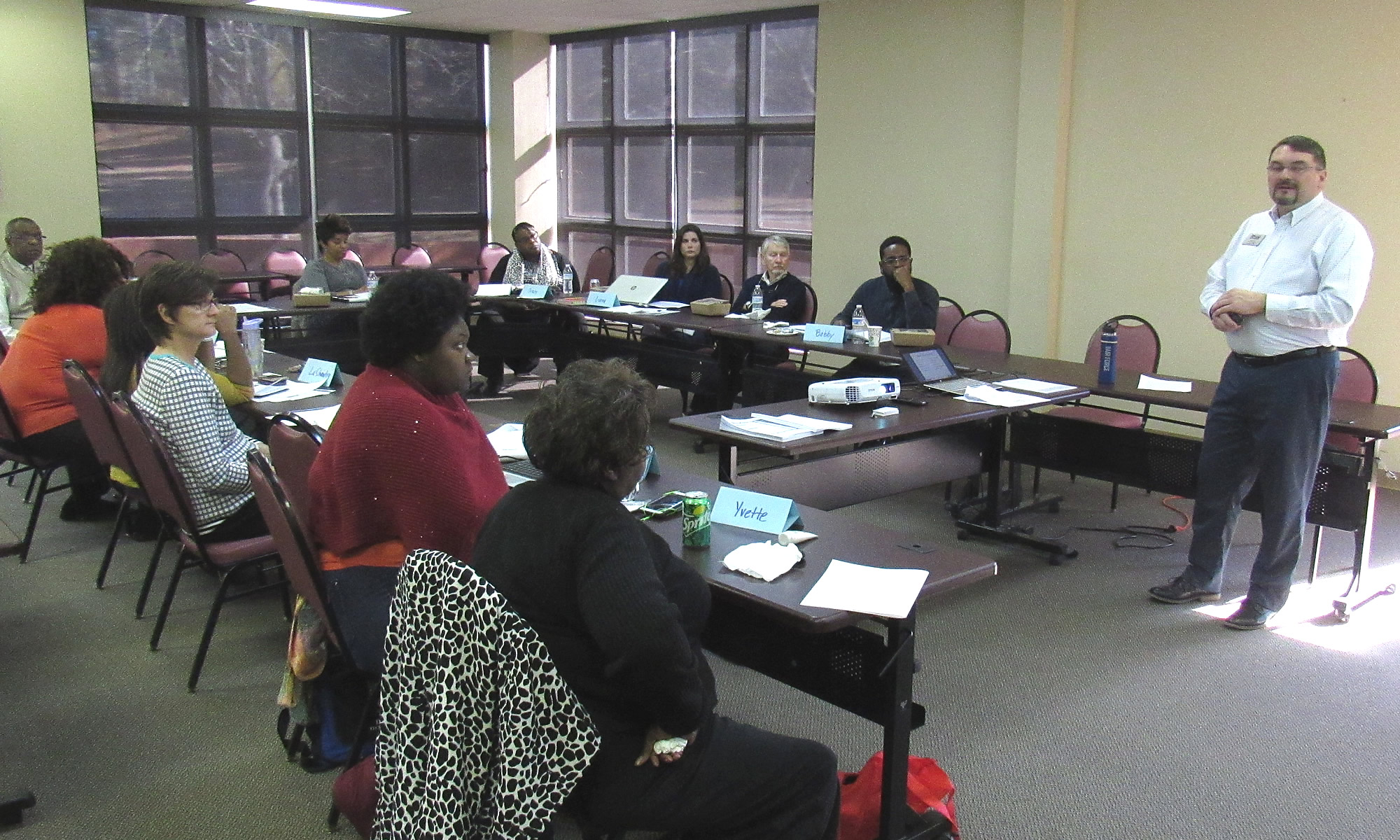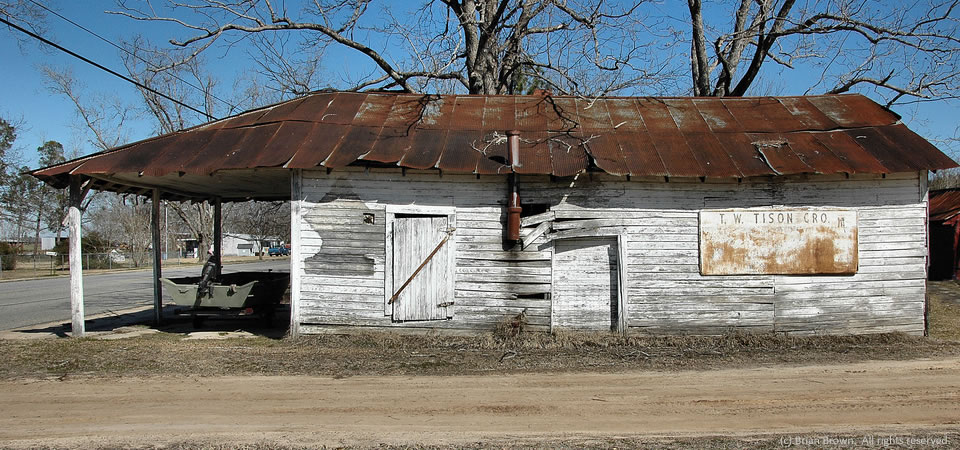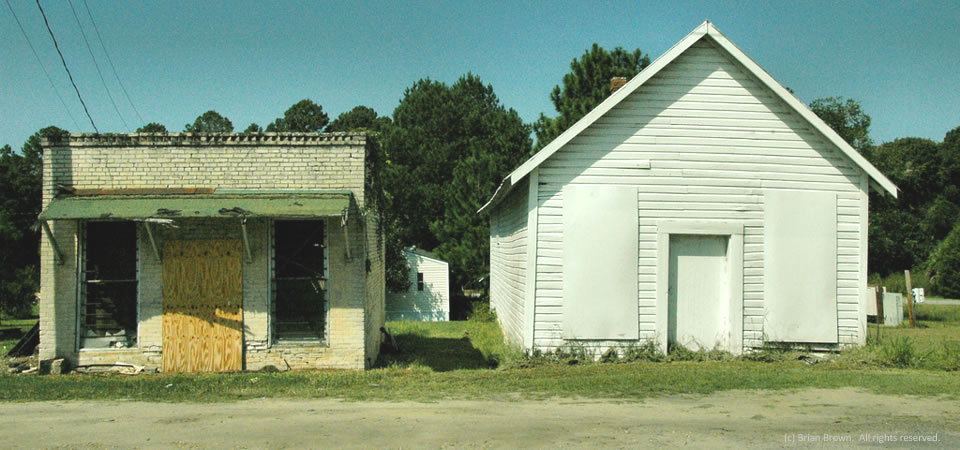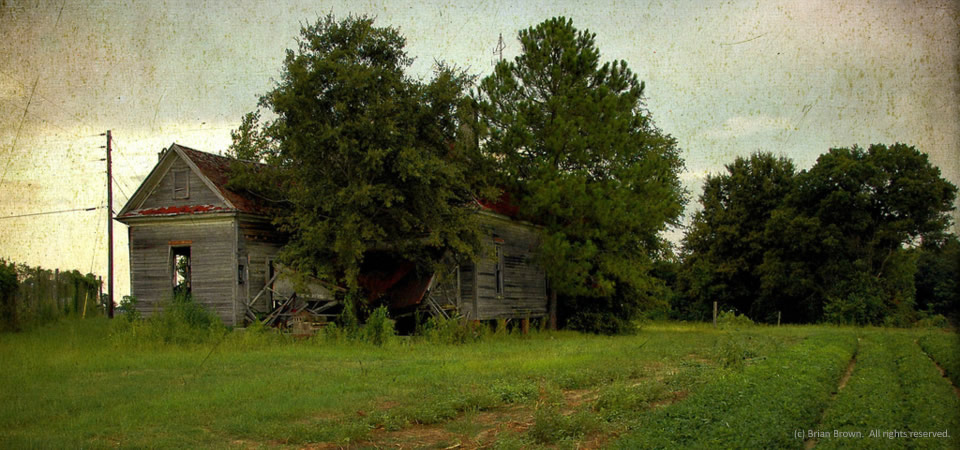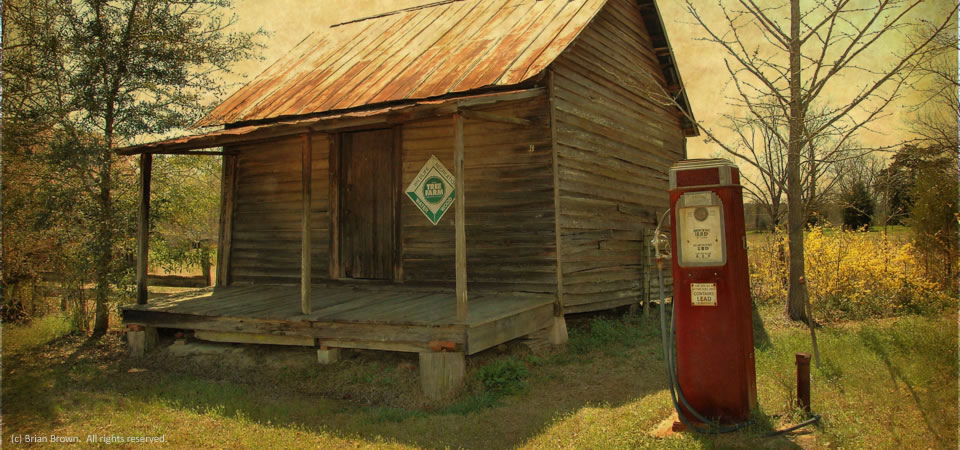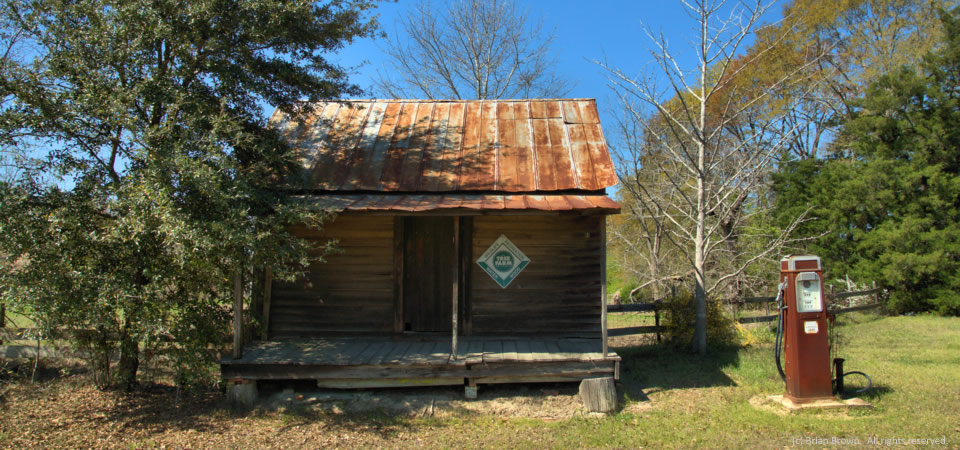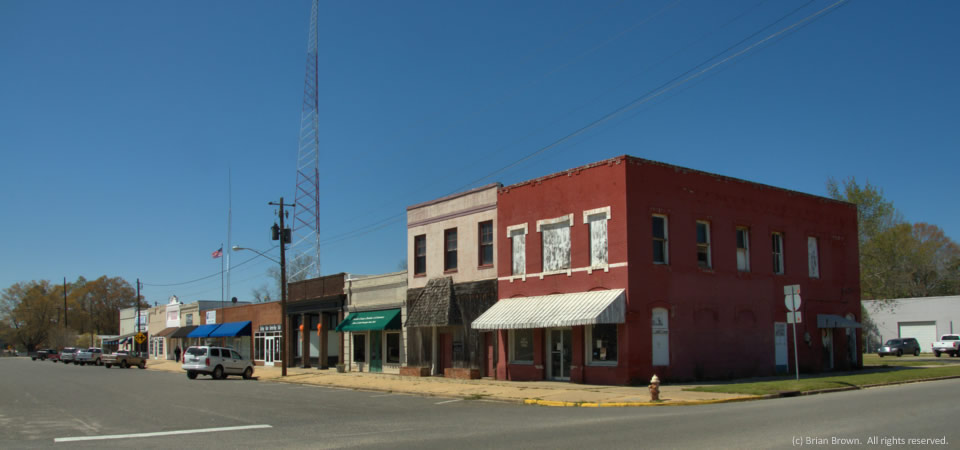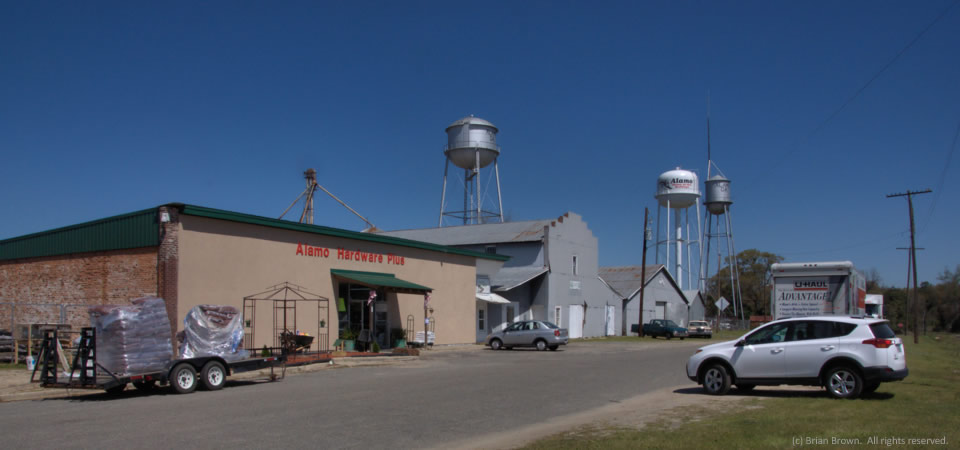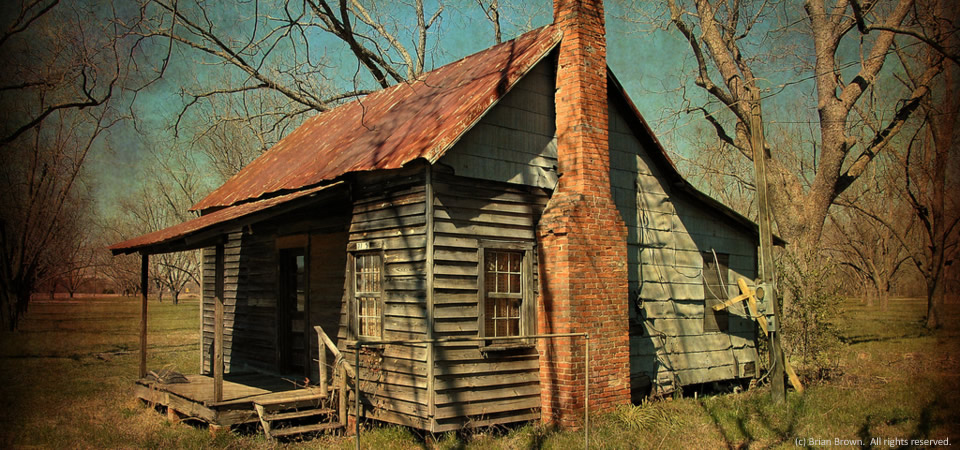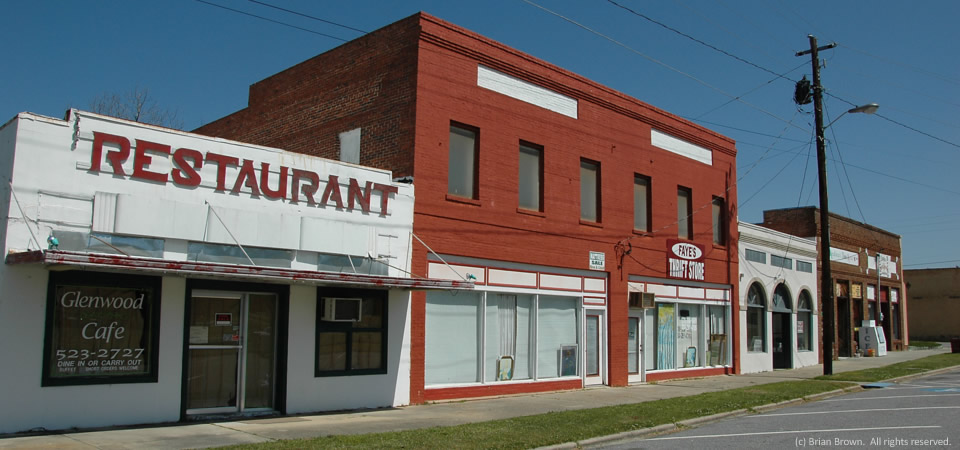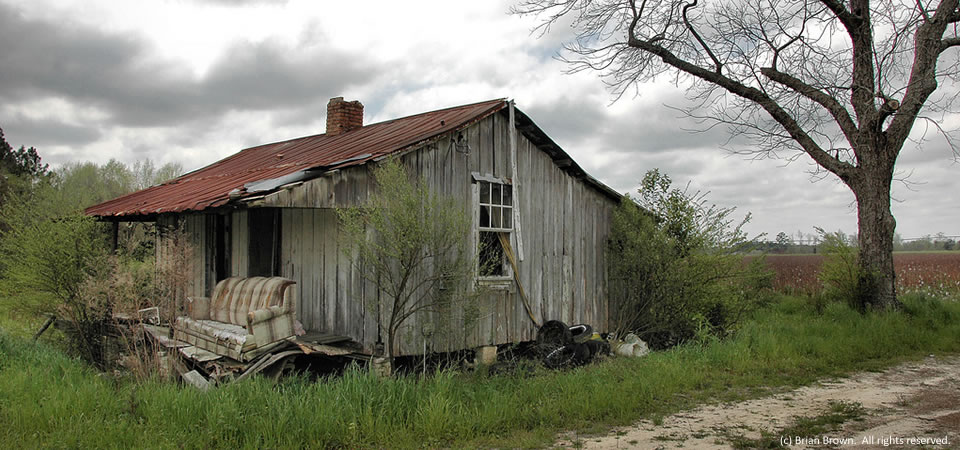
Here’s a dilapidated, crumbling tenant farmhouse in the Isabella of rural Worth County, which is located between Albany and Tifton in the central part of South Georgia. The county is home to Peter Pan Peanut Butter. Every jar made is produced in the county seat, Sylvester.
The county had about 21,300 people in 2013, according to the Census with whites representing 68.7 percent and blacks being 29.6 percent. Some 22 percent of people live below poverty levels, according to Census figures.
Photo by Brian Brown from VanishingSouthGeorgia.com is copyrighted. All rights reserved
